-
- All-in-one concept
- Invisible solutions
- Minimal disruption
- Solid solutions
- International expertise
- Experienced specialist
Stabilise sinking foundations and protect your home from long-term structural damage
Subsidence occurs when the ground beneath your home shifts or sinks, often leading to cracking walls, sloping floors, and other signs of structural distress. Early detection and intervention are crucial to avoid extensive and costly damage.
Soil movement
Expansive soils: Clay, silt and peat expand when wet and shrink when dry, causing ground movement.
Sandy soils: Prone to erosion and shifting, especially with leaking pipes or poor drainage.
Tree roots
Large trees near your property can draw moisture from the soil, causing shrinkage. Invasive roots may also damage foundations directly.
Water damage
Changes in groundwater levels or plumbing leaks can saturate or dry out the soil, leading to instability beneath the foundation.
Building works
Nearby construction, deep excavation or dewatering can affect soil structure and lead to ground movement.
Poor ground preparation
Inadequately compacted soil during construction can settle unevenly over time, increasing the risk of subsidence.
If you’ve noticed cracks in your walls, sloping floors or windows and doors that no longer close properly, it’s time to take action. Our team will carry out a detailed assessment and determine if your home is affected by subsidence.
We start with a thorough inspection of your property. Based on our findings, we provide a clear, non-binding repair plan and quote, so you know exactly what needs to be done and why.
Target Fixings applies over 20 years of experience to stop further sinking and restore foundation stability. Using our Heli Pile system, we transfer the load of your property to deeper, more stable ground layers — all with minimal disruption and long-term reliability.
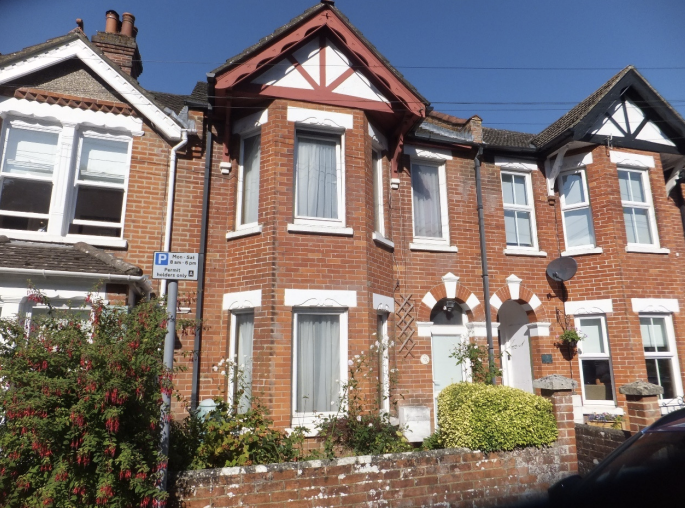
Bay Window repair in Wiltshire dealing with subsidence, underpinning, wall crack and moving masonry!

Historical Repair in Poland’s architectural heritage represents a profound connection to the past, and preserving these structures requires a delicate balance of respect for history and the application of cutting-edge technology. Our Polish Branch is dedicated to providing specialized structural repair solutions that ensure the longevity of national landmarks. We were immensely proud to have supported APP PROJEKT in critical repair works at the iconic Apollo Cinema in Poznań, demonstrating how non-invasive Masonry Reinforcement techniques can deliver powerful, permanent stability without sacrificing historical integrity.
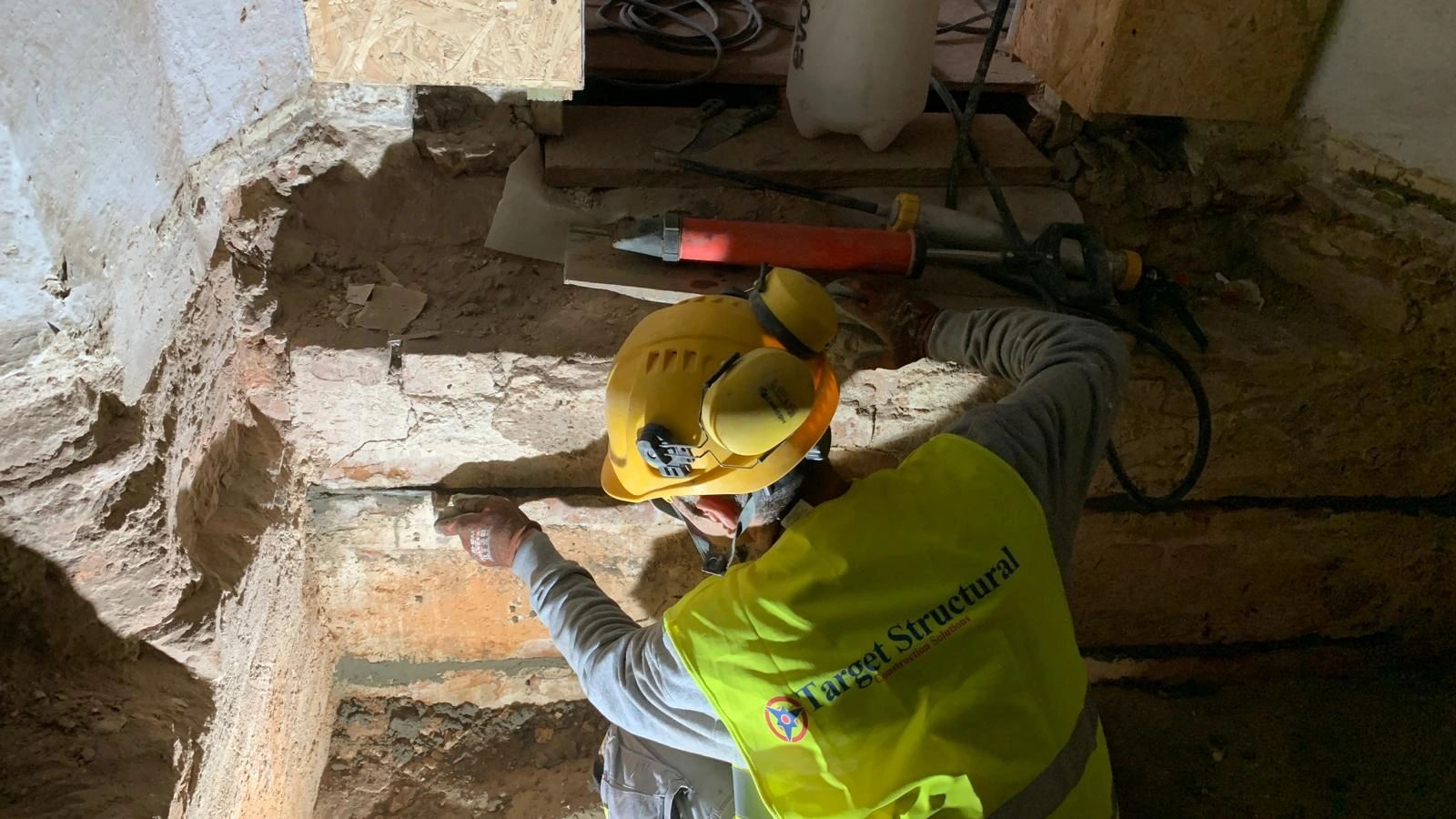
This month, our Warsaw team had the privilege of undertaking a significant structural project on a stunning historic property near the city. This case study highlights our expertise in historic building repair and preserving the architectural heritage construction of Poland.
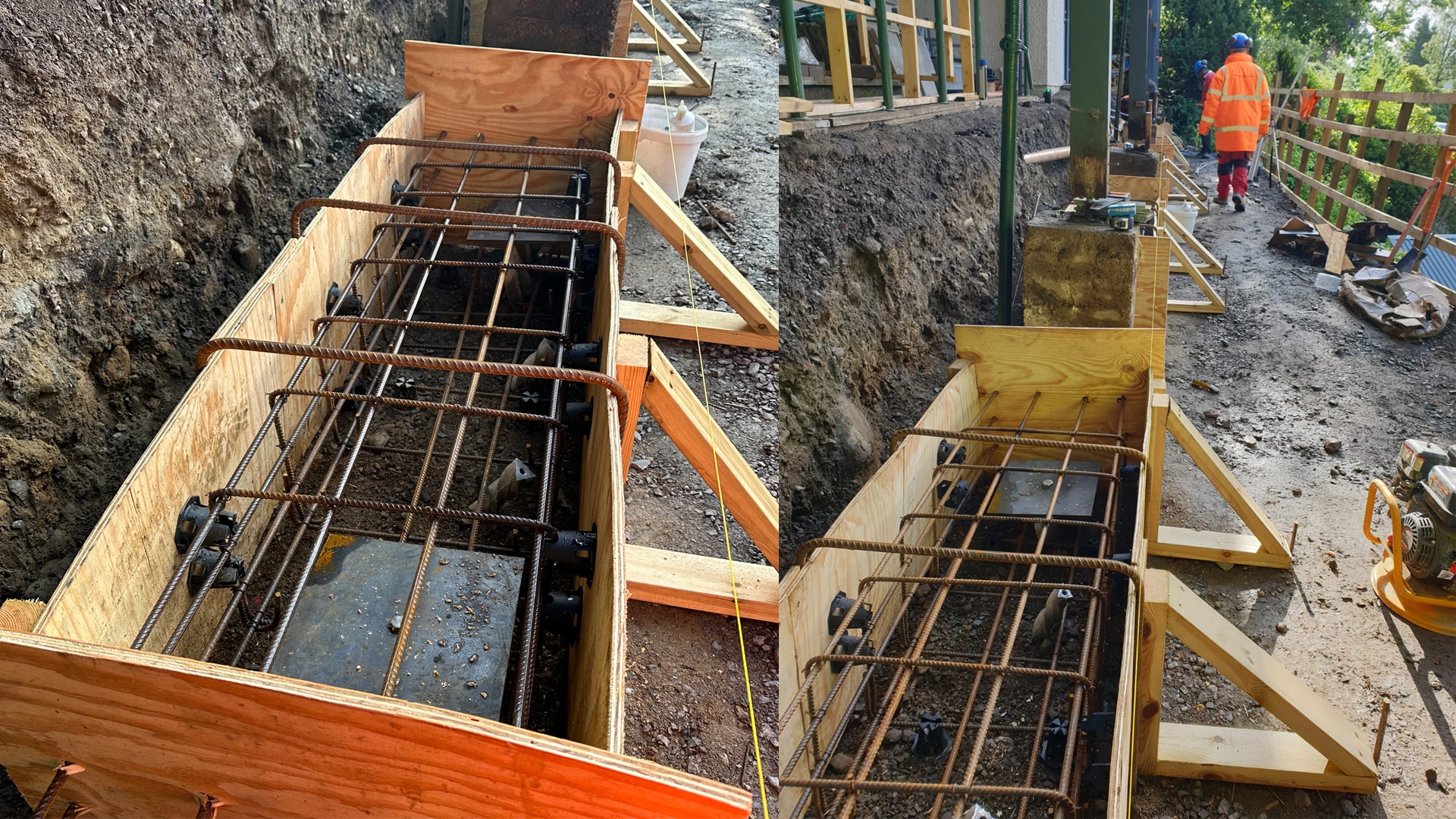
At Target Fixings, we thrive on the structural challenges in restricted access that others deem impossible. We’re not just selling a product; we’re delivering structural solutions in the most demanding environments. This case study—a complex foundation reinforcement project on a steep Scottish incline—demonstrates exactly how our Heli Pile system overcomes extreme access obstacles.
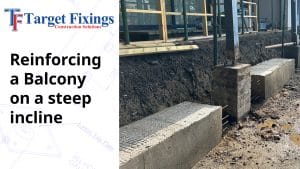
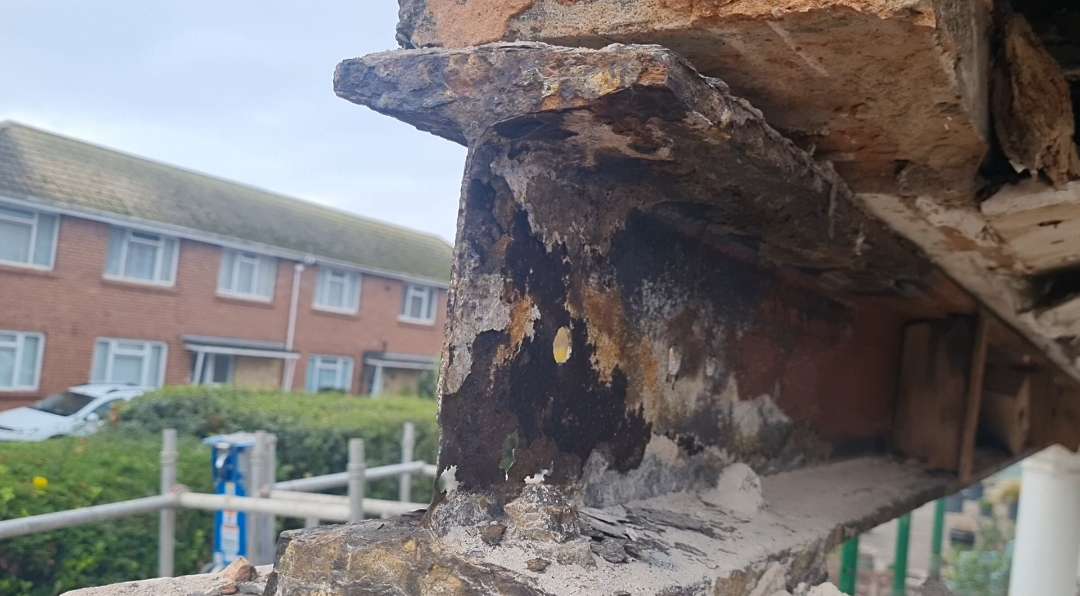
Watch an incredible transformation unfold in fast-forward with this Lintel Replacement!
Target Fixings is renowned for manufacturing and installing cutting-edge masonry reinforcement materials, providing effective solutions like crack stitching, Bar Flex helical ties, and Bow Flex lateral restraint systems. However, our expertise extends far beyond standard house crack repair.
This case study demonstrates how Target Structural Wessex (a proud Target Fixings franchise) recently completed a significant, non-standard project: replacing a failing, heavy concrete and iron lintel with a robust, custom-fabricated solid steel lintel. This project is definitive proof of our capability to handle the most complex structural repairs with top-tier professionalism.
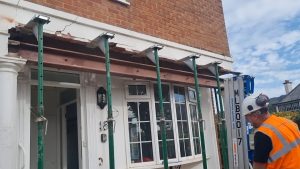
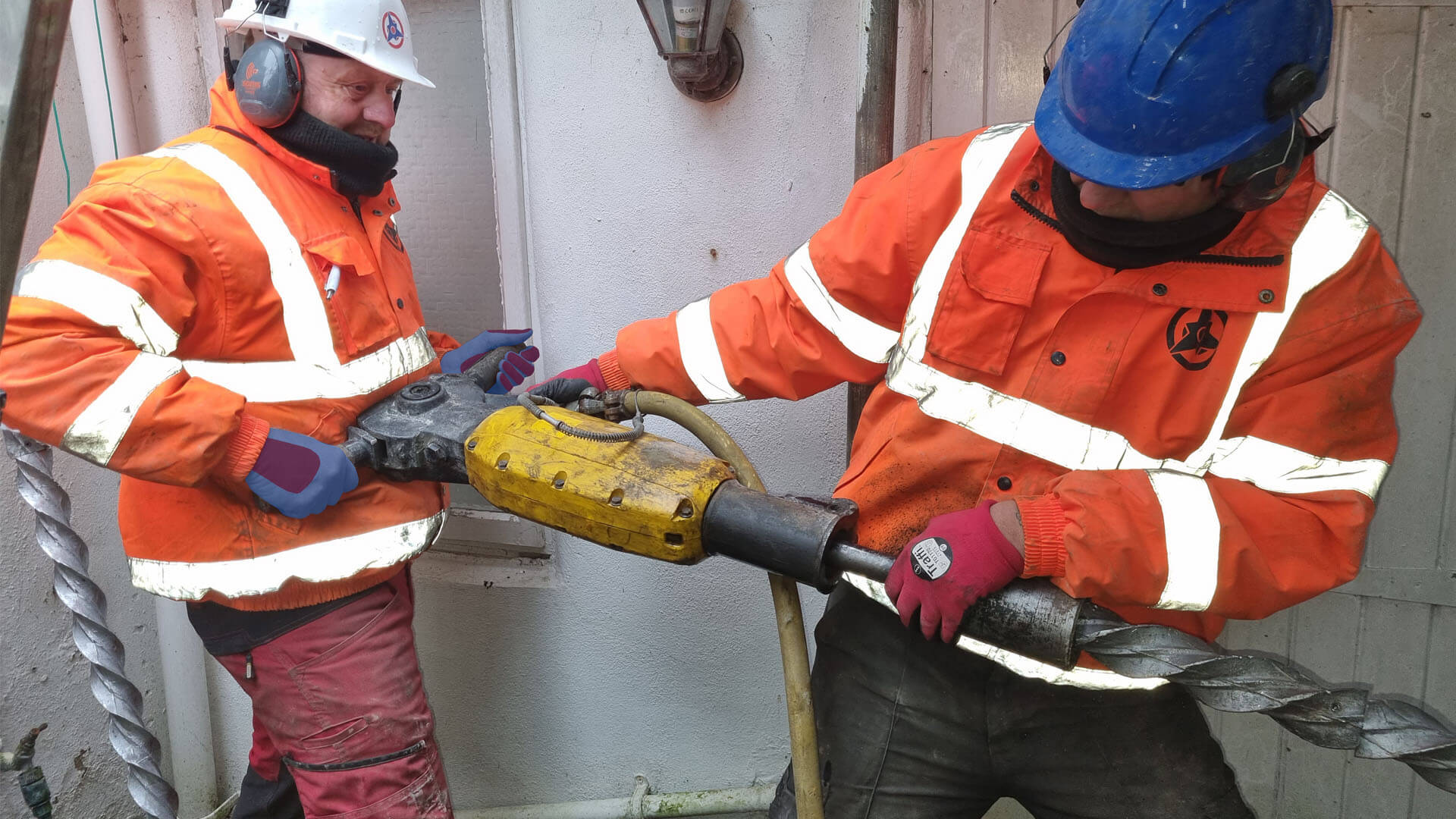
We can provide a lasting solution for your failing retaining wall with our Heli Pile system, which offers a reliable method for retaining wall repair without extensive excavation. Our specialized Heli Piles are installed to stabilize the wall and prevent further wall cracking, providing a permanent structural fix against future movement and subsidence. This non-invasive process ensures a durable and strong foundation, securing your retaining wall and restoring its integrity for years to come.
